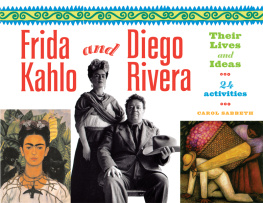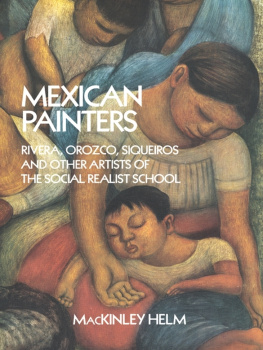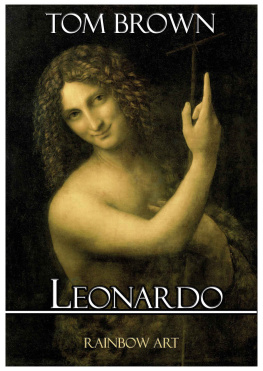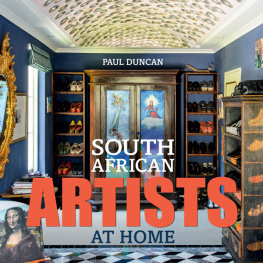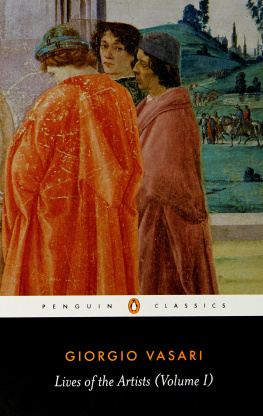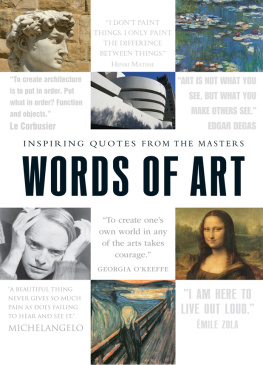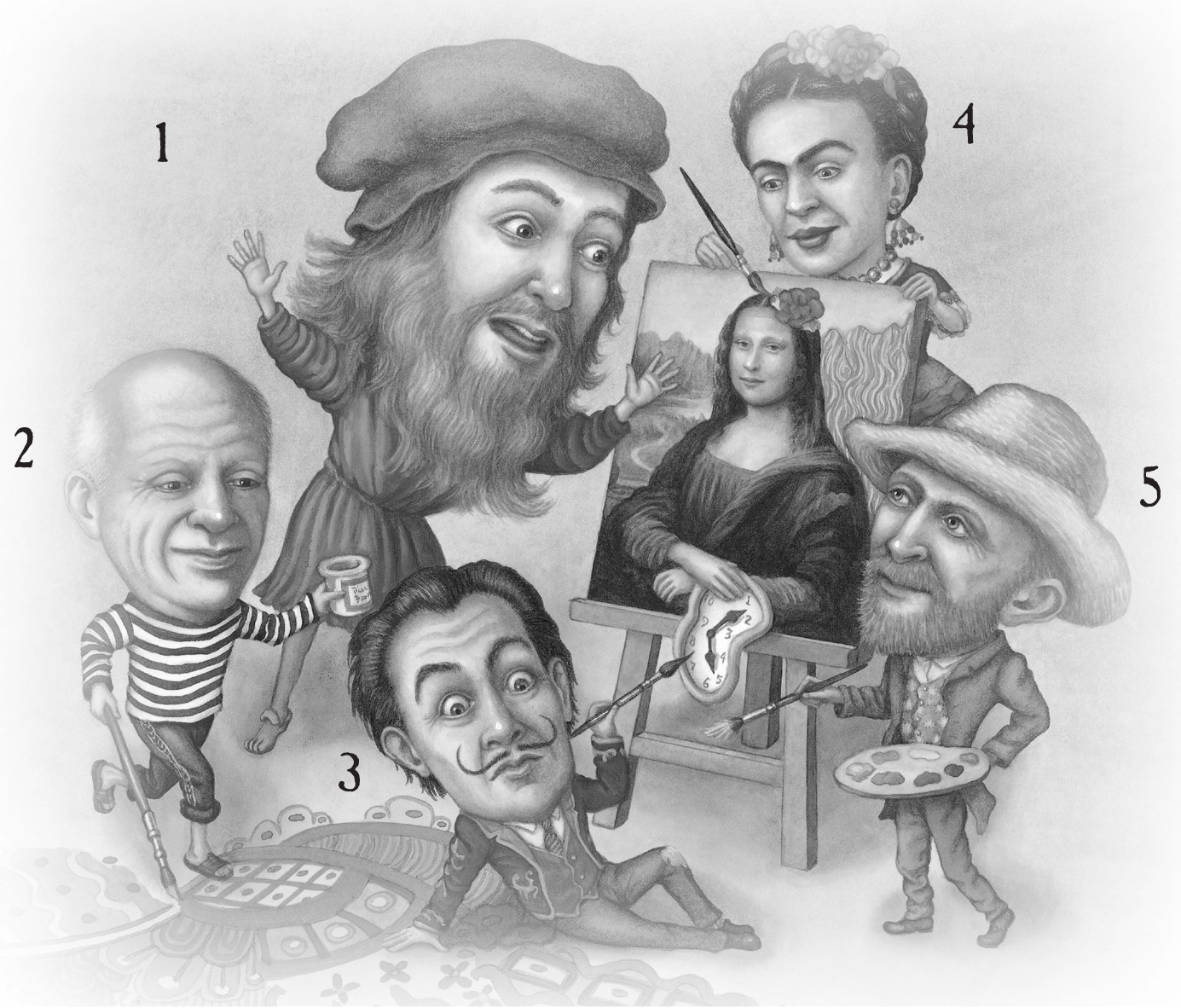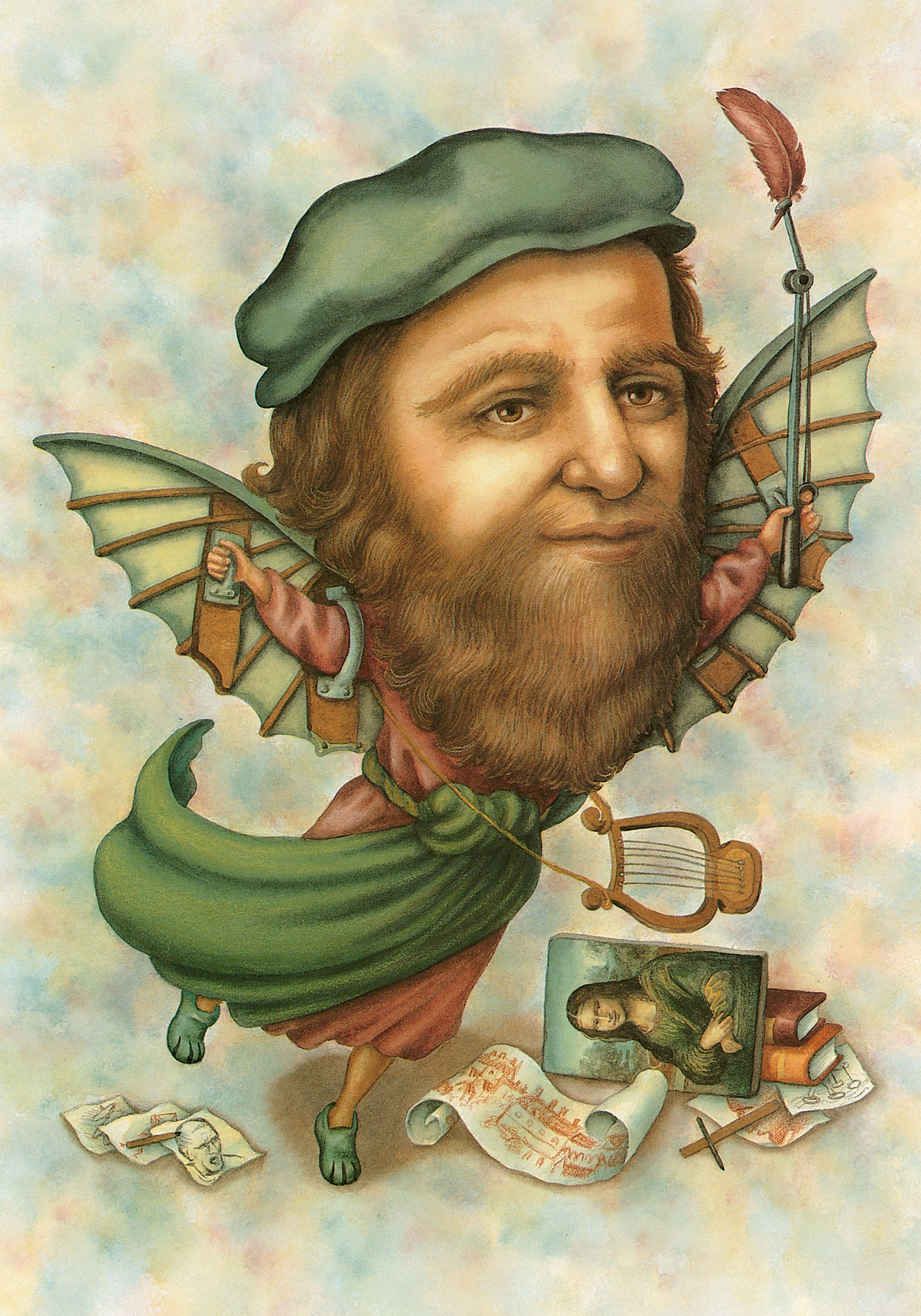1. Leonardo da Vinci
2. Pablo Picasso
3. Salvador Dali
4. Frida Kahlo
5. Vincent van Gogh
H. L. M ENCKEN ( A WRITER )

St. Luke, the patron saint of artists
Text copyright 1995 by Kathleen Krull
Illustrations copyright 1995 by Kathryn Hewitt
All rights reserved. Originally published in hardcover in the United States by Harcourt Childrens Books, an imprint of Houghton Mifflin Harcourt Publishing Company, 1995.
For information about permission to reproduce selections from this book, write to or to Permissions, Houghton Mifflin Harcourt Publishing Company, 3 Park Avenue, 19th Floor, New York, New York 10016.
The Library of Congress has catalogued the hardcover edition as follows:
Krull, Kathleen.
Lives of the artists: masterpieces, messes (and what the neighbors thought)/written by Kathleen Krull; illustrated by Kathryn Hewitt.
p. cm.
Includes bibliographical references and index.
1. ArtistBiographyJuvenile literature. 2. Artists and communityJuvenile literature. [1. Artists.]
I. Hewitt, Kathryn, ill. II. Title.
N42.K78 1995
709'.2'2dc20
ISBN: 978-0-15-200103-2 hardcover
ISBN: 978-0-544-25223-3 paperback
The illustrations in this book were done in watercolor and colored pencil on watercolor paper.
The display type was hand lettered by Judythe Sieck.
eISBN 978-547-54165-5
v1.0517
For Jacqui and Melanie, two terrific artists
K.K.
For David, my patron of the arts, and for Chris Madans, archangel of art history
K.H.
I ntroduction
CAN IT BE dangerous to be neighbor to an artist? Neighbors of artists have risked ear damagefrom enduring the same song blaring one hundred times in a row (Warhol) or early-morning violin serenades issuing from the bathroom (Matisse). Even worse, neighbors are apt to end up in a work of art, displayed for posterity as models, willing or not. Those close to artists have been portrayed with a pigs snout (Cassatt), shocked to find themselves in the midst of great historical or biblical events (Rembrandt), and immortalized in the ultimate poseas corpses (Leonardo da Vinci).
Yet the element of danger cuts both ways. Neighbors have indeed dodged paintings hurled from an artists window (Chagall). But artists have had stones thrown at their windows by neighbors protesting a turbulent lifestyle (Picasso). Neighbors have been mystified by weird shadows radiating from an artists darkened rooms (Michelangelo), and at their most superstitious, theyve suspected an artist of witchcraft (OKeeffe). Savvy neighbors might have sneered to realize that the more money an artist spends, the less he has (Dali), but savvy artists have thwarted inquisitiveness by buying adjoining lots to keep neighbors at a distance (Kahlo and Rivera). Neighbors have been known to protect artists from Nazi persecution (Kollwitz), but theyve also banded together to run an artist out of town (Van Gogh). And in terms of sheer quantity, perhaps no one can claim as many neighbors as restless artists, especially when they move themselves and their families a total of ninety-three times (Hokusai).
Much careful research later, it turns out that perhaps no cultural figures have inspired more gossip than artists. (Reputations can be so singular that some artists, such as Rembrandt, need only a single name to identify them.) Why this occurs is a subject of controversy. Are artistsand their workssimply more noticeable?
In any case, the twenty artists in this book had interesting lives and interesting neighbors. Here, guided by their patron saint, are their stories, full of masterpieces and messes, offered now as a way to know themand their artworks.
Kathleen Krull
W HAT C AUSES T ICKLING ?
Leonardo da Vinci
BORN IN A NCHIANO , I TALY , 1452
DIED NEAR A MBOISE , F RANCE , 1519
Italian painter and sculptor, genius of the Renaissance, famous for the Mona Lisa, The Last Supper, and encyclopedic notebooks
FOR SOMEONE WHO may have accomplished more than any other man in history, little is known about Leonardo da Vinciexcept that his curiosity was unique. We know that his father (a lawyer) never married his mother (a peasant), which created lifelong legal and emotional problems for him. As a child he lived mostly with his father and had four stepmothers in all, but its thought that an uncle who lived nearby nurtured Leonardos powerful drive to learn.
Leonardo was apprenticed as a youth to the artist Andrea del Verrocchio (a legitimate son would never have been forced to learn a trade, especially one so disreputable as art). One day when Leonardo painted an angelhe was known to draw the faces of angels better than anyonethe older man reportedly threw down his brushes in jealous admiration and swore that he would never paint again. Still, Leonardo always felt at home at Verrocchios and in times of stress liked to return for visits.
It is easy to become a universal man, a young Leonardo wroteand he somehow made it seem so. He never stopped his studies, working on countless projects, or at least starting them. In addition to artist, he could have easily become a city planner, architect, inventor, engineer, physician, musician, anthropologist, botanist, or astronomer. I question were the words he wrote most frequently in the elaborate notebooks he kept. He questioned practically everything: What causes tickling? Why are stars invisible during the day? What would it be like to walk on water? Would a fly make a different sound if you put honey on its wings?
Every night Leonardo investigated anatomy in a way few others could have tolerated: he dissected corpses. His sources for bodies were either prisons where criminals had been executed or hospitals for the homeless. He could befriend a one hundred-year-old man one night and make drawings of the corpse the next.
Many of his neighbors were likely to have been scared of Leonardo. He was so mysteriouswith his secret autopsies (officially banned by the Catholic Church), his scientific experiments (rumored to be some type of evil magic), and his desire for privacy (his notes were written backward so others couldnt read them). He was even left-handed, believed in those days to be a sure sign of the devil at work.
In others, Leonardo inspired devotion. He was strong, healthy, and handsome, with a carefully brushed and curled beard. His rose-colored robes were short, unlike the long robes of most men, and he was always impeccably clean in an age when most people werent. He couldnt even stand to have paint on his fingers. He carried himself like royalty and had elegant manners. Usually he was calm, though he was known to blush when he was insulted (as by his arch-rival, Michelangelo). A welcome addition to parties, he devised clever riddles that made people roar with laughter, and he liked to play pranks that would make people screamonce he unleashed what appeared to be a dragon (actually a large lizard). He rode horses well, sang well, played the lyre well, and, of course, could invent his own musical instruments when necessary.

![Robertson Bruce Lives of the artists: [masterpieces, messes (and what the neighbors thought)]](/uploads/posts/book/163588/thumbs/robertson-bruce-lives-of-the-artists.jpg)
